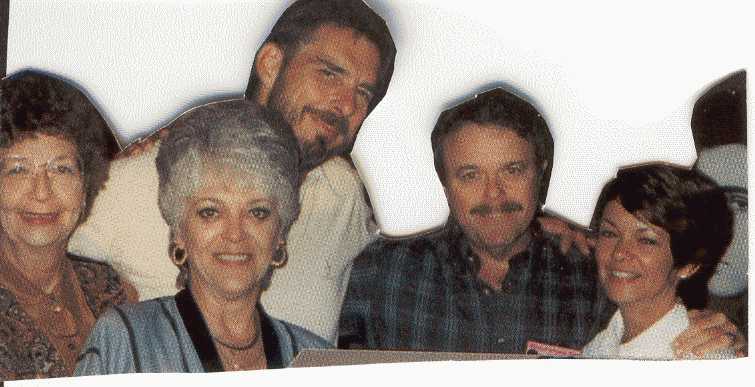Yet someone did arrange them on the shelves. Someone did decide to place the eight-inch by ten-inch black and white photos of Elvis and his Mama beside the photos of Elvis and Priscilla's wedding, which were placed next to photos of Elvis, Priscilla and Lisa Marie. Someone did decide to put the "Hollywood Years" merchandise together in a complete display of visual images from his most popular movies, next to a display of videos of his movies, next to movie posters, next to post cards with movie images, etc. It's just as our old friend Bronner (1986, 12) says,
"Objects are tangible references people use to outline the routes and experiences they know and knew, the worlds they try to cope with, and those they imagine."
Although these arrangements seem natural, they are not. They are calculated marketing moves, strategic ways to move merchandise. Yes, this arrangement might help fans find items more easily, but this arrangement also promotes an idea of Elvis, a narrative about Elvis that seems ordered and natural, and thus, real.



 to
the next page
to
the next page